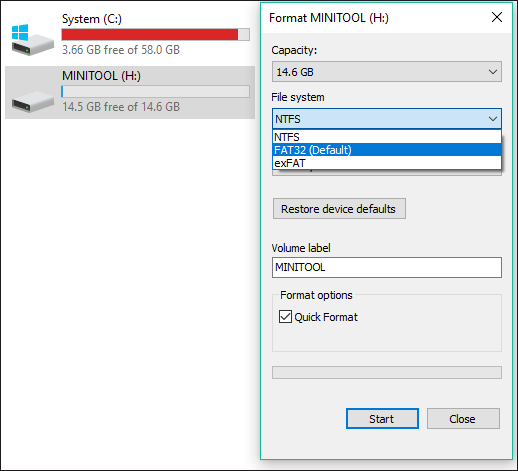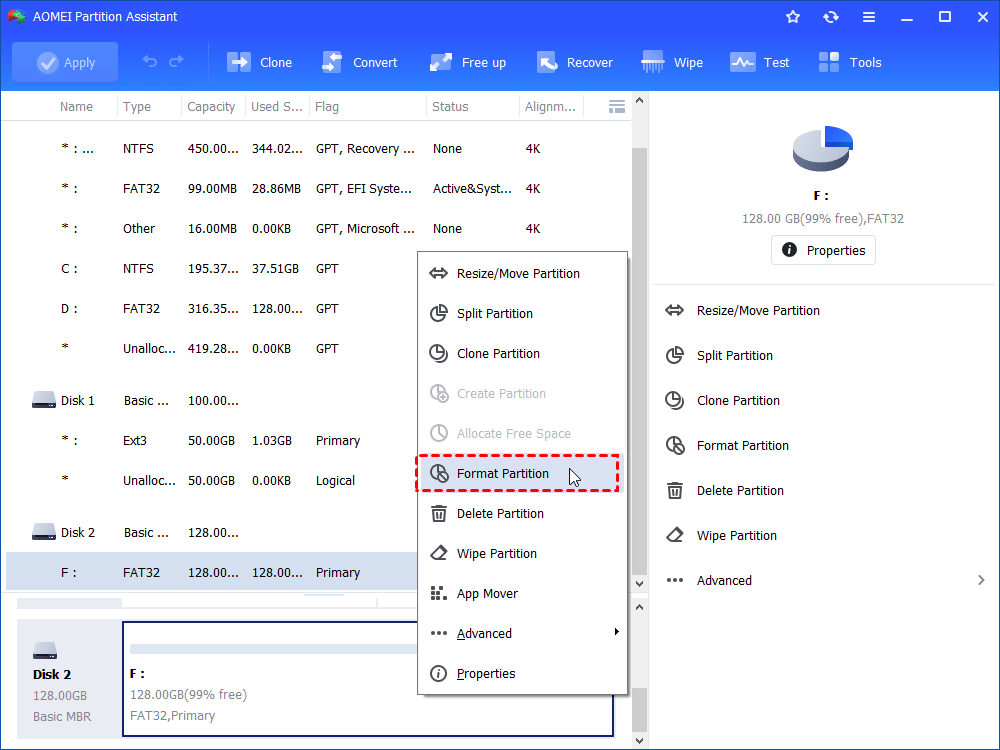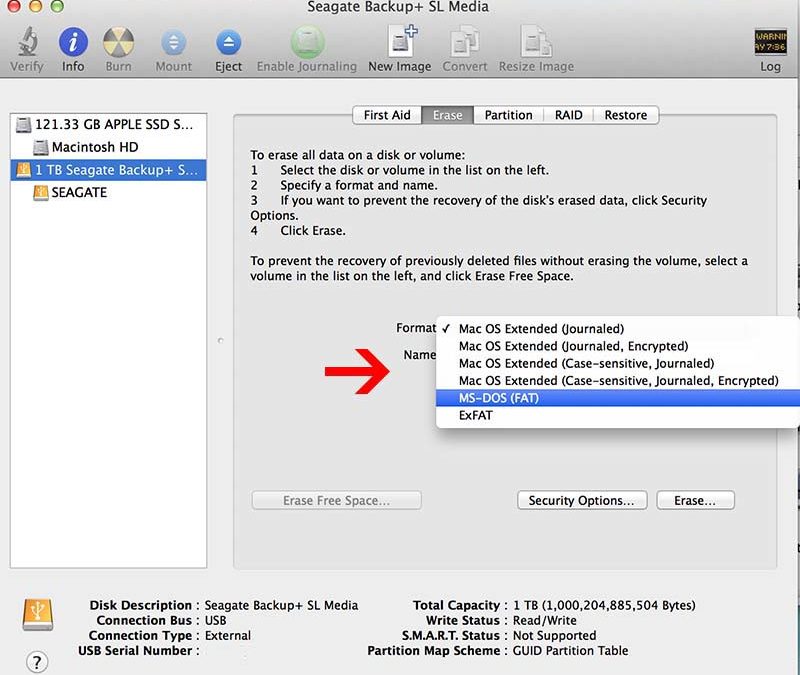

The smallest files are stored directly within the MFT, which is a file itself. The Master File Table (MFT) stores files' properties, location, and access information.

This is also why 4 KB cluster size is so important to SSD performance and, as you’ll see, NTFS has advantages over the other file systems. A small cluster size of 4 KB (compared to 32 KB on FAT32) ensures that there is less wasted capacity for small files written to the drive. NTFS supports LZ77 compression, file-level encryption (typically AES), and access control, managed through ACL. File names can be up to 255 characters long. The file size limit is a very relevant real-world advantage over FAT32’s 4 GB. Files can be up to 16 TB in size (16 EB in theory), while partitions currently max out at 256 TB. The New Technology File System debuted alongside Windows NT and features similar attributes as IBM’s HPFS. While Windows XP offers the option of installing to a FAT32 partition, Windows Vista and 7 do not because of their reliance on NTFS. FAT32 also does not support rights management. FAT32 does not support journaling, which means that integrity issues with user data or meta data can result in lost information. File names are flexible and allow up to 255 characters. This can be an issue with video files or drive images, for example.

Since file size is stored in a 4-byte field, maximum file size is limited to 4 GB. Cluster size directly depends on partition size, and clusters range from 512 bytes to 8 KB. Modern Windows systems choose NTFS by default, and Mac OS runs HFS+.īeing a 32-bit file system, FAT32 is limited to a maximum partition size of 32 TB with 8 KB clusters, although the original specifications for the format limited the partition size to 2 TB and current Windows operating systems make it difficult to enable FAT32 partitions larger than 32 GB. Nearly all mainstream operating systems can create, read, and write FAT32 partitions, and it still is a reasonable option for low-capacity external storage, such as USB flash drives. FAT32 was introduced with Windows 95B in 1997 and is still popular today for certain applications because it is widely supported.


 0 kommentar(er)
0 kommentar(er)
